Ongoing Projects
In tunicates, the capacity of budding, and therefore re-growing of clonal copies of the original individual (zooid), occurs through different mechanisms of interaction between non-homologous epithelial tissues and/or putative stem cells circulating in the bloodstream…
In order to better test the function of specific genes, and to follow the dynamic of the cells involved in NED we aim to establish transgenic colonies of B. schlosseri, a technical challenge that will open new avenues for functional study and high-resolution live imaging of budding…
The aim of this project is to uncover the molecular mechanisms by which circulating mesenchymal cells are able to reconstruct a new individual…
o highlight genomic signatures linked to NED and to highlight other genotype-phenotype convergent associations related to characters linked to the capacity of undergoing NED, we are sequencing and comparing the genomes of four species of Styelid, two colonials (Botryllus schlosseri and Polyandrocarpa zorritensis) and two solitaries (Dendrodoa grossularia and Styela plicata). As an offshoot, we may be able to collect insights on the possible effects of asexual propagation on evolution of genome architecture, for example due to heritable mutations of the somatic pluripotent stem cells…
Horizontal gene transfer (HGT) is the acquisition of genetic material from non-parent organisms of different species, by opposition with vertical gene transfer where the genetic material is inherited from the parents. While this process is widely described in prokaryotes where it has been shown to accelerate their evolution, the impact of HGT on the evolution of eukaryotes, and particularly on metazoans, remains a relatively unexplored field of research. In collaboration with the team of Dr. Simon Blanchoud (University of Fribourg, Switzerland) we began to investigate the extent and the nature of HGTs in Tunicates…
Funded by the Advanced Research Program at the Université Côte d’Azur, the project ‘ If we were to look at regeneration with a different eye’ has been initiated as an artistic-scientific collaboration with the artist Irene Kopelman and the Röttinger (IRCAN – UCA, CNRS, INSERM), and is driven by Irene long-term engagement with scientific research which underlies her artistic practice…
- “Ascidians are remarkable for the conservation of their embryonic development during million years of evolution. Thaliaceans are embedded within the latter clade and offer a unique opportunity to study how developmental strategies evolved following the pelagic transition. In collaboration with Patrick Lemaire and Jacques Piette (CRBM, Université de Montpellier) we use modern microscopic and molecular biology techniques to follow the destiny of early embryonic blastomeres and the progeny of somatic follicle cells, called calymmocytes, during the embryogenesis of two divergent salp species, Salpa fusiformis and Thalia democratica.”


